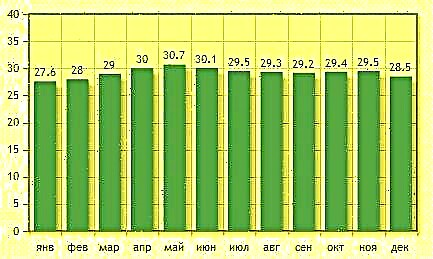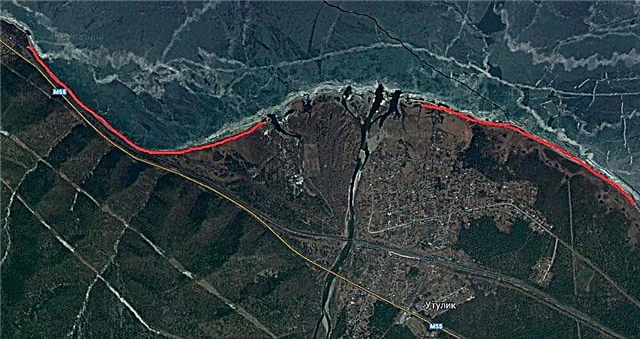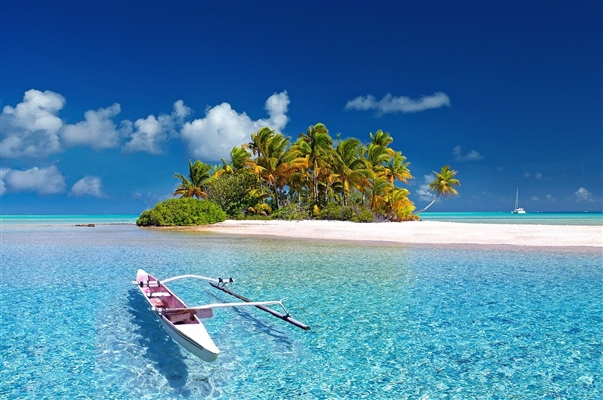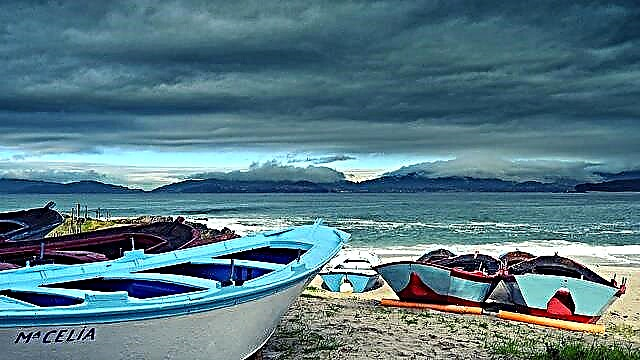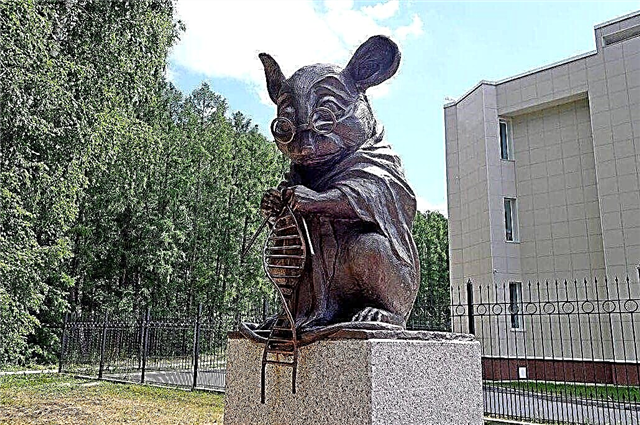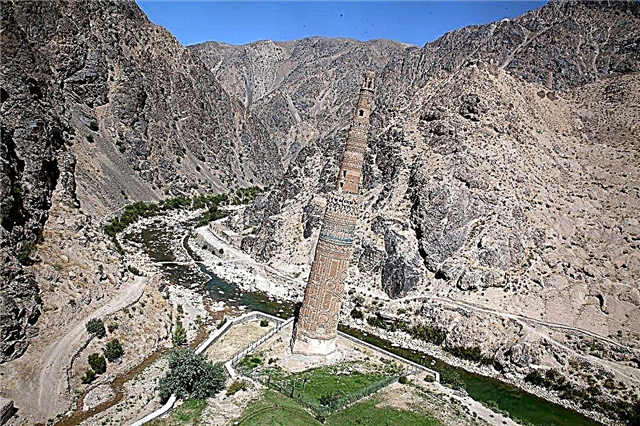We have selected the best sights of Afghanistan with photos and descriptions that a tourist should definitely see or add to your guide when planning an independent route.
Afghanistan is a country of contrasts, surprising with its pristine beauty of nature, an abundance of cultural and historical monuments, a low standard of living of the population against the background of the screaming wealth of local millionaires, accompanied by a staff of guards. Many ancient Buddhist sights have been preserved here, which connoisseurs of oriental history and architecture will certainly wish to visit. The majestic mountains, parks surrounded by deserts and other beautiful places in Afghanistan will certainly impress avid travelers. Let's get acquainted with them in more detail.
Blue Mosque

Located in the Balkh province. The mosque owes its name to the numerous blue tiles that cover the walls and domes. Crystals shimmer amazingly in the rays of the sun and are especially beautiful in the morning hours.
There is a legend that in the 12th century a brick tomb with the body of the son-in-law of the Prophet Muhammad, the Muslim saint Caliph Ali, was found here. After such a find, the ruler Sultan Sanjar gave an order to build a mosque.
After the attack of Genghis Khan, the tomb was disguised, covered with earth. It was opened only at the end of the 15th century, while the mosque was restored with turquoise, yellow and red tiles.
Today, the Blue Mosque in Mazar-i-Sheriff is visited by a large number of believers from all over the world. It is one of the most famous sights of Afghanistan, with a photo and description of which you can find on our website. People of different religions are allowed to enter the mosque.
Jam minaret

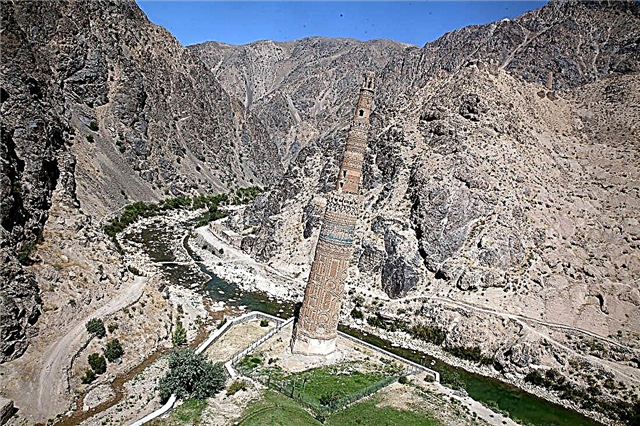
Belongs to the UNESCO World Heritage Sites. The minaret was built in the 12th century from baked bricks, as evidenced by the inscription on it. Sultan Giyaz-ad-Din, belonging to the Ghurid dynasty, was involved in its construction. The minaret is located in the northwestern part of the country in a mountainous area on the Garirud River and seems to hover over its bank.
The tower is 65 meters high and delights with stunning ornamentation, reminiscent of a fabulous building. In her dungeon, at a depth of four meters, the researchers found an entrance with two spiral staircases.
Over the entire centuries-old history of its existence, the minaret has experienced many natural disasters. Now he is tilting a little, but has kept his appearance well.
In the 60s of the last century, the Italian architect Bruno proposed a plan to save this fabulous sight in Afghanistan. Despite this, research has not yet been carried out, since the tense political situation does not contribute to the implementation of the plan, as well as impassable mountain ranges, among which there is a monument.
Park complex Babur's Gardens

When exploring the sights of Kabul, this park, located in the center of the city, should be noted. It got its name from Barbour - its owner, who founded the empire of the Great Mongols. The park was laid out in 1528, shortly before the death of Barbour, where his remains are to this day. After the death of the ruler, the business of expanding the garden was taken over by his descendants.
The Barbour Gardens have long been in complete desolation and were restored only at the beginning of this century.
There are no unique plants and unusual architectural structures on the territory of the complex, but it is distinguished by a thoughtful design and is the embodiment of the former power of local rulers.
Now it is a favorite walking place for local residents, which is also often visited by guests of the capital.
Bala-Hissar fortress


An ancient stronghold, built in the fifth century, which became a place of residence and at the same time an impregnable shelter for the rulers of the country. Since its construction, the citadel has been rebuilt many times to become more reliable. It is said that the Bala Hissar fortress in Kabul was the seat of Babur and Tamerlane.
In 1879, the British diplomat Napoleon Cavagnari was killed on the territory of the citadel, after which a general uprising and the second stage of the Anglo-Saxon war began. The war ended in September 1880 after the victory at the Battle of Kandahar.
Herat

It is the center of the province. It belongs to the most ancient cities in the country, where you can take beautiful photos against the background of historical buildings. The Silk Road passed through this area, so many travelers come here to look at it with their own eyes.
It is not known for certain when Herat was founded. Initially, the settlement was called Artakona, and then Alexandria-Ariana. From the moment of its foundation, the city was a part of various states of Central Asia.
At the beginning of the 13th century, Herat was practically destroyed by the Mongols who attacked it. After a decade and a half, it was revived, but after a while it was destroyed and captured by the British. In 1863, the city finally became Afghan.
Herat in Afghanistan is located on the Hari River. Its attraction is Juma Masjij Mosque with a huge courtyard accommodating about five thousand Muslims. The city has an ancient citadel of Herat, which is a complex of 18 towers. In its western part, a museum of Jihad is opened, which tells about the military battles that took place on the long-suffering Afghan soil.
Blue lakes Bande Amir

Located in the foothills of the Hindu Kush in the central part of the country. They consist of six turquoise water pools. The ponds are surrounded by pink limestone cliffs, and there are no plants near them, which makes the landscape even more fantastic.
The water in the lakes has such an amazing color because of the large amount of carbon dioxide produced by the melting. Water saturated with carbon dioxide, seeping through the limestone, dissolved calcium carbonate. Over time, natural dams about three meters wide were formed from it. This is how six reservoirs appeared, which were included in the UNESCO list of natural heritage.
The lakes of Afghanistan also got their stunning colors thanks to the clean air and clear water containing a large amount of minerals.
The most accessible lake for travelers is Bande Khaibat, and the most popular is Bande Amir, 230 miles long.
Dar ul-Aman palace

What to see in Afghanistan and the outskirts of Kabul - a palace located on the outskirts of the city, the restoration of which is now in full swing. Its name means "Abode of Tranquility".
The building was designed by German architects in the middle of the last century. The residence was a symbol of the independence of King Amanullah, but he did not stay in it for long. After a short time, a rebellion broke out, and the king was forced to abdicate. He went to Europe and died there.
For a long time, the General Staff and the Ministry of Defense were located in the palace, and since the walls were one meter thick, it was difficult to destroy. However, in 1979, as a result of the elimination of the ruler of Hazifullah Amin, the structure received the first damage. Subsequently, various political departments with the new Ministry of Defense of the country settled in it.
The military events taking place over the past decades have brought a lot of serious damage to the landmarks. The Afghan authorities have developed a plan for its reconstruction, and reconstruction work is now underway.
Hindu Kush mountains


Mountain range 1200 km long. Historically, its passes have played an important strategic and military role in the history of the country. In 329 BC.the army of Alexander the Great passed through the Khavak pass.
Mountains in Afghanistan called the Hindu Kush stretch for 800 km from west to east. The eastern part of the mountain range with the highest peaks with a length of 400 km passes through the territory of Pakistan. At the turn of the two countries is the highest Mount Noshakwith a height of 7485 meters.
The bowels of the Hindu Kush are rich in such minerals as coal, iron ore, beryllium, lapis lazuli, graphite, etc.
Khyber pass

Located between Afghanistan and neighboring Pakistan, it is 53 km long and three meters wide. This beautiful mountain road, consisting of narrow and deep gorges, is the highway and railway from Kabul to Peshevar.
The pass has experienced many tragic events. It was along this narrow strip of mountainous land that the army of Alexander the Great moved, the Arabs and Tatar-Mongols went to India, the British invaded the territory of Afghanistan, and these are just some of the invaders. In addition, the Silk Road was laid through the Khyber Pass.
Kabul Museum


Of those places that are best seen in Afghanistan for art and history lovers, we advise you to go to the National Museum, which is also called the Kabul Museum. The institution presents a gallery of ancient artifacts from different cultures and eras.
The fate of the institution is very difficult, since in 1996 it was plundered by the Taliban. Only one third of the exhibits survived. In 2004, the museum was restored and reopened to the public.
Bamiyan Buddha statues


Giant images of the deity appeared in the sixth century. These ancient sites in Afghanistan have been adorned with elements of the Indian art of Gandhara. The Taliban destroyed the statues in 2001 because they decided that people should not have idols. Their actions were widely publicized and condemned all over the world, including Islamic states.
UNESCO's plans do not include an item on the restoration of the Bamiyan statues, since the cost of the project is very high (more than $ 12 million). In addition, the restored statues are not able to convey the same historical meaning that the originals originally carried.
If your time in Afghanistan is limited, it is better to visit a specific city. For example, connoisseurs of ancient architecture are advised to go to Herat, visit Mazar-i-Sheriff or Bamiyan. Jalalabad will amaze guests of the country with picturesque landscapes, and Kabul and Kandahar will delight with colorful oriental bazaars and other attractions.
The Hindu Kush mountains and the Registan desert in Afghanistan are unlikely to attract travelers, but going to the Blue Lakes to personally admire their mesmerizing beauty will be interesting for many.




